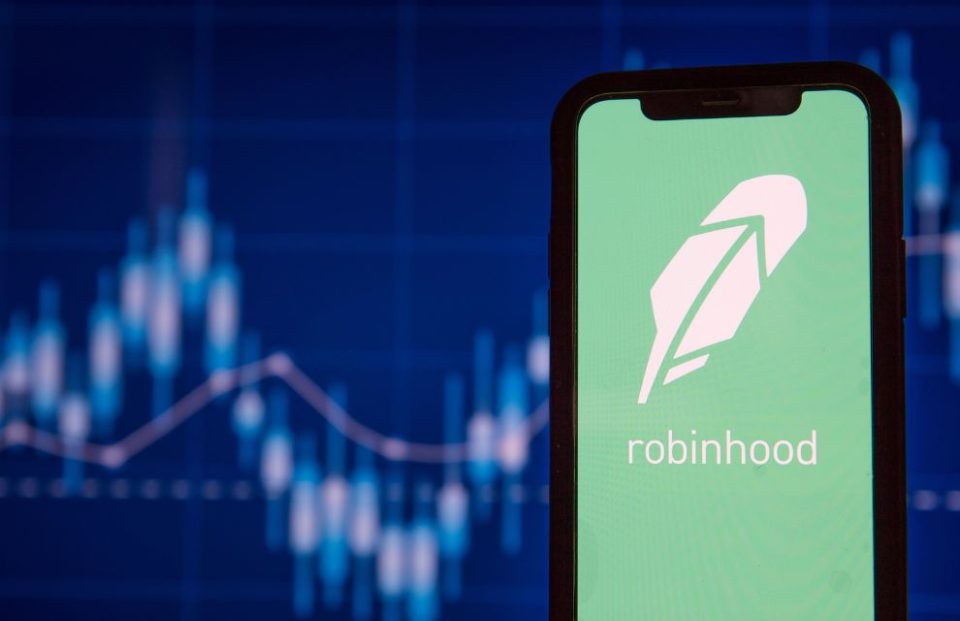Robinhood Markets, Inc. (NASDAQ: HOOD) has delivered one of the most eye-catching stock performances of the past year. Over the last 12 months, Robinhood’s share price has soared from $22.22 to an intraday high above $84, marking a staggering 285% increase. This dramatic run has put the online brokerage back in the spotlight, raising questions about what’s fueling the surge, who Robinhood serves, and what the company is doing differently in 2025.
Let’s start with the math. Moving from $22.22 to $84 in a year represents a 278% gain. The actual 12-month return, according to TradingView, clocks in at 285.24%. That kind of performance is rare for a publicly traded brokerage, especially one that faced skepticism after the meme stock saga and a tough 2022.
Robinhood’s impressive rally is driven by several key factors, including strong organic growth and strategic product expansion. Analysts at Bank of America recently raised their price target for the company, highlighting Robinhood’s ability to grow without significantly increasing expenses. The company is managing multiple major projects, and even partial success could further boost its performance.
Product innovation has also played a major role. Robinhood recently launched Robinhood Legend, a desktop trading platform, and is preparing to roll out Cortex, an AI-powered customer service assistant, later this year. These new offerings demonstrate Robinhood’s focus on enhancing the user experience and expanding its services.
Robinhood’s push into cryptocurrency is another important factor. The acquisition of WonderFi, a Canadian crypto exchange operator, for about $179 million, signals a deeper commitment to digital assets. WonderFi owns Bitbuy and Coinsquare, two major crypto platforms in Canada.
Financially, Robinhood’s first quarter saw $252 million in cryptocurrency transaction revenue, underscoring the growing importance of digital assets to its business. The company has also benefited from renewed interest among retail investors and a rebound in trading volumes, particularly from younger users.
Robinhood is a financial services company whose core offering is an electronic trading platform that lets users buy and sell stocks, ETFs, options, futures, and cryptocurrencies. The company also provides crypto wallets, wealth management, credit cards, and some banking services through partnerships with FDIC-insured banks. Robinhood’s revenue comes from a mix of transaction fees (including payment for order flow and crypto markups), and other sources like subscriptions and advertising.
Robinhood’s user base is large and skews young. As of early 2025, the company reported 25.8 million funded customers and $221 billion in assets under custody. The average customer age is 35, reflecting Robinhood’s appeal to millennials and Gen Z investors. The company’s mission has always been to “provide everyone with access to the financial markets, not just the wealthy,” and it has become synonymous with commission-free trading.
Analyst estimates for HOOD’s price range from $43 to $105, reflecting both optimism and caution. The company’s ability to innovate, expand its product suite, and attract new customers will be critical to sustaining its momentum. Clearly, Robinhood’s journey from a $22 stock to over $84 in a year is a story of reinvention, risk, and a bit of luck. Whether it can keep up the pace will depend on how well it executes on its ambitious plans and continues to capture the imagination of a new generation of investors.

